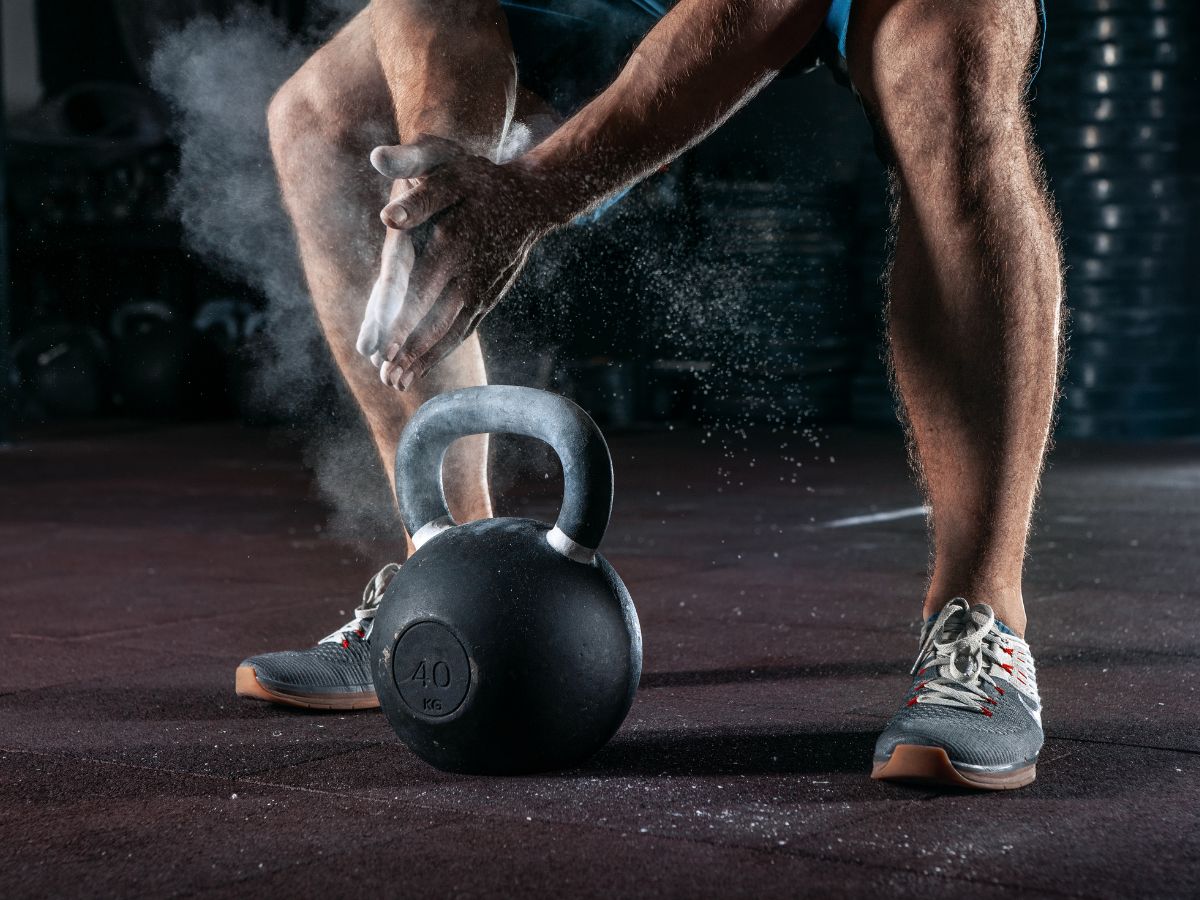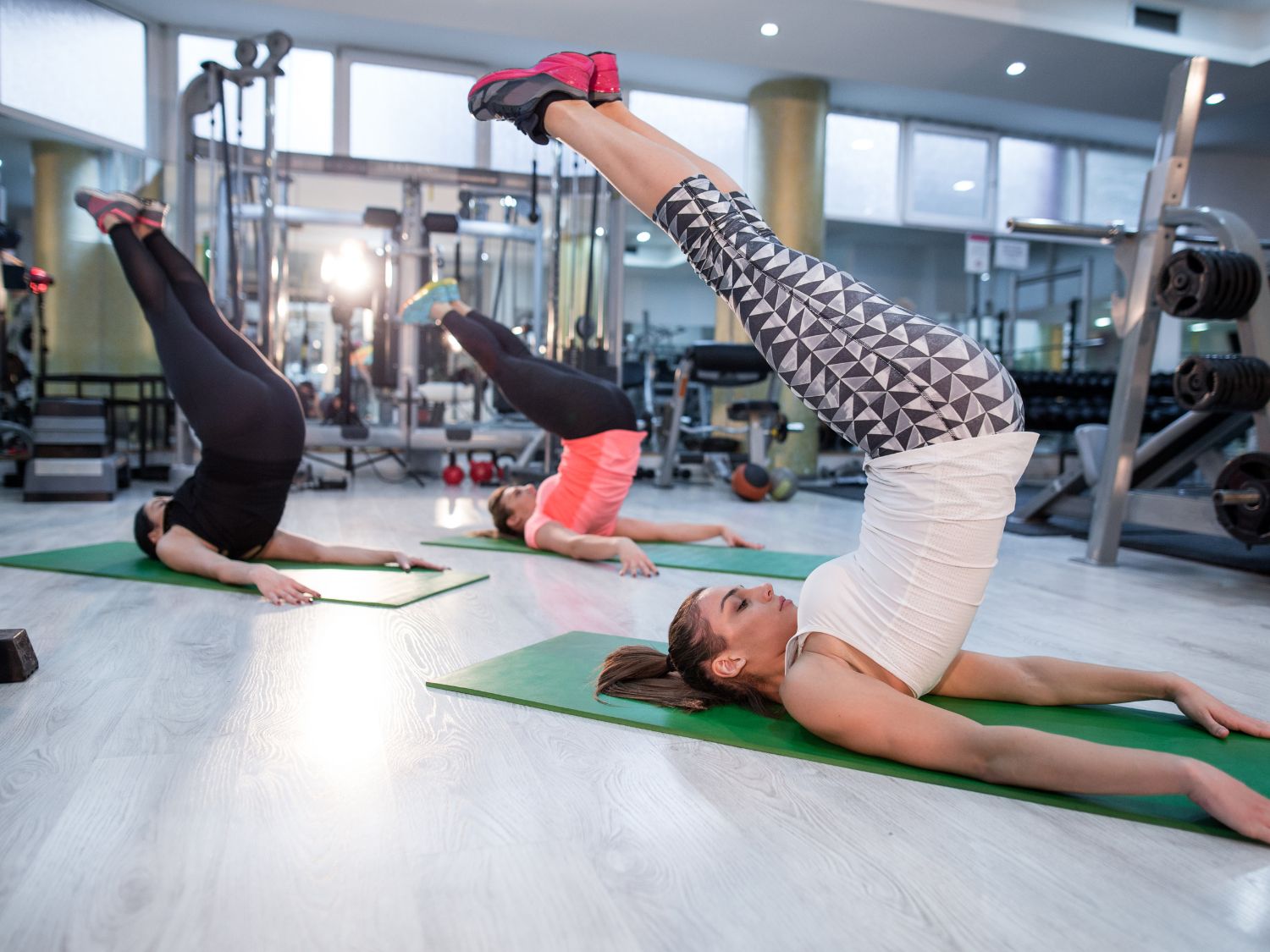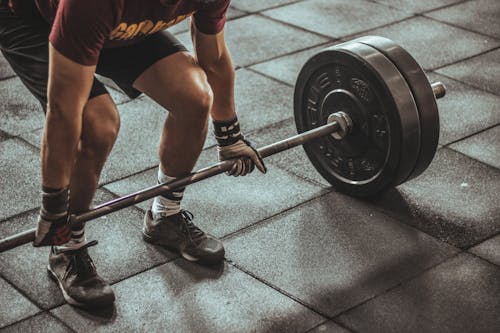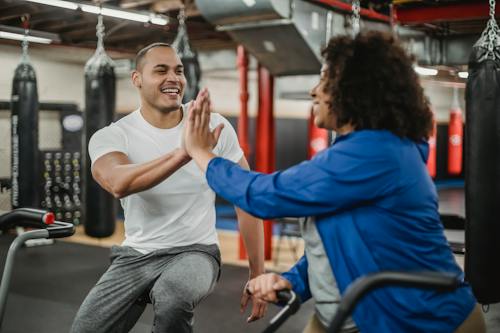
5 Best kettlebell oblique Exercise with Tips
Introduction : Kettlebell oblique exercises can be one of the best means for preparing the obliques, as they make it extremely simple to prepare the opposing pivot and opposing horizontal flexion development designs. Preparing these development designs considers extraordinary enhancements in both the oblique rotational strength and static strength. The rundown beneath contains developments from both these development designs that you can integrate into your center work or full body obstruction instructional meetings. The Benefits of kettlebell oblique Center Strength: Portable weight diagonal activities assist with fostering your center strength, as the diagonal muscles are a vital piece of your center. A solid center is fundamental for settling your spine, further developing your stance, and decreasing the gamble of back torment. Further developed Security: Preparing your obliques with iron weights can upgrade your general strength and equilibrium. Solid sideways muscles help with keeping up with legitimate body arrangement and can assist with forestalling wounds during everyday exercises and sports. Better Stance: Reinforcing your obliques can assist you with keeping up with a better stance, as they assume a pivotal part in keeping your middle upstanding and forestalling slumping. Utilitarian Development: Iron-weight-angled practices impersonate genuine developments, making them exceptionally useful. Whether you’re lifting food, swinging a golf club, or getting your youngster, solid obliques add to better execution in regular exercises. Upgraded Athletic Execution: Competitors can profit from working on rotational power and soundness, the two of which are fundamental in sports like golf, baseball, tennis, and combative techniques. Fat Misfortune: Portable weight practices are much of the time focused energy and can add to consuming calories and advancing fat misfortune, particularly when joined with a balanced wellness normal and a legitimate eating routine. Adaptability: Kettlebell exercises for obliques can be adjusted to different wellness levels, from novices to cutting-edge competitors. You can increment or decline the heaviness of the portable weight and alter the developments to match your ongoing strength and expertise level. Time Proficiency: Portable weight exercises are, in many cases, time-proficient on the grounds that they connect with various muscle bunches on the double, including the obliques. This implies you can get a full-body exercise in a more limited measure of time contrasted with disconnected works. Assortment: There’s a wide variety of portable weight practices that focus on obliques, like Russian turns, windmills, side twists, and Turkish outfits. This assortment can assist with keeping your exercises fascinating and forestall fatigue. Injury Counteraction: Solid obliques can assist with balancing out the spine and decrease the gamble of lower back wounds, especially during exercises that include winding or bowing. Five best kettlebell oblique Exercise Windmills Kettlebell Oblique Crunch Kettlebell Side Plank Russian Twist Side Swings Windmills The windmill exercise is a full-body development that should be possible with a kettlebell, dumbbell, or no weight by any stretch of the imagination. Furthermore, when performed accurately, it can assist with reinforcing your center, hips, and shoulders. Actual advisor and ensured strength and molding expert Ernest Mill, operator, PT, DPT, CSCS, stroll us through this move and make sense of why your structure is so significant while doing the windmill workout. How to do Windmills Stand with your feet insignificantly greater than shoulder-width isolated. Turn the toes of your past by walking directly to the side at 90 degrees. Arrive at your right arm up to the roof and let your left-hand drape down next to you. Gaze toward your right hand. Draw in your center and push your hips toward your right side. Slide your left and give over your left leg toward your lower leg quite far without coming down on your leg — utilize your center to settle yourself. Your left arm ought to be opposite to the floor the whole time. The right leg ought to stay straight. You can permit a slight twist in your passed-on leg to try not to lock your knee. Stop, then, at that point, push down through your feet to ascend back up to begin, keeping your center drawn in and your spine long the entire time. Tips : Keep up with appropriate structure: Keep your back straight and center-locked in. Warm up: Stretch your muscles and joints prior to beginning. Begin with low obstruction: Start at a simple level and step by step increment. Center around your breath: Breathe out on the work (pull) and breathe in on the delivery. Utilize a controlled movement: Don’t swing or snap the loads. Counsel a wellness proficient for direction. Kettlebell Oblique Crunch: The Kettlebell Oblique Crunch is a center-fortifying activity that spotlights the diagonal muscles that run at the edges of your midsection. To play out this activity, lie on your back with your knees twisted and feet level on the floor. Hold a kettlebell carefully shrouded with two hands. Breathe out as you lift your chest area off the ground, at the same time curving your middle aside, meaning to contact the iron weight beyond your knee. Breathe in while getting back to the beginning position, then, at that point, rehash on the opposite side. This exercise assists work with coring solidness and definition in the diagonal muscles, adding to a more grounded and more conditioned waist. How to do Kettlebell Oblique Crunch Breathe out as you lift your chest area off the ground, all the while contorting your middle aside. You want to contact the portable weight to the beyond your knee on that side. Contract your angled muscles during this movement to connect with them. Breathe in as you gradually bring down your chest area back to the mat and return to the beginning position. In the wake of finishing the ideal number of redundancies on one side, switch and play out the activity on the contrary side. Begin with a sensible weight and do 2-3 arrangements of 10-15 redundancies on each side. Tips : Keep up with legitimate portable weight structure. Breathe out while crunching aside. Keep your center connected all through. Utilize controlled, purposeful developments. Begin with



